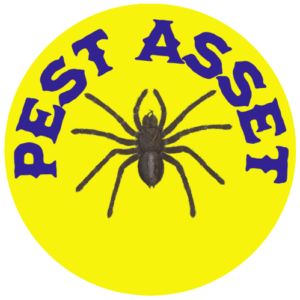Centipedes: A Guide to Identification, Behavior, and Control
Introduction
Centipedes comprise one of the oldest extant arthropod species dating back 400+ million years. Over 8,000 centipede varieties exist globally with well over 1,000 types appearing across North America. Ranging tremendously in size and coloration, these many-legged creatures abound outdoors and sometimes find their way indoors unexpectedly.
Identification
All centipedes share common anatomical traits:
- Segmented bodies with one pair of legs per segment
- Odd number of leg pairs (15 to 191 pairs depending on species)
- One pair of venom claws on first body segment
- Long whip-like antennae on head with sensory pits providing chemoreception [1]
- Dark coloration like brown, red, orange, yellow or grey with lighter banding
Centipedes span lengths from under 1 inch to over 12 inches at adulthood depending on the species. Physiologically, they share more similarities with lobsters and shrimp than their hundred-legged millipede cousins.
Behavior
These carnivorous arthropods hunt for small insects, worms, arachnids and terrestrial amphibians kills using their front leg claws to snatch prey. Then they use additional legs to hold prey items while regurgitating digestive enzymes from their mouth to liquefy internal tissues. Centipedes eagerly lap up the dissolved tissues through piercing mouthparts kind of like a built-in straw.
As nocturnal hunters, centipedes seek dark, humid spaces during daylight hours burying themselves in loose soil and compost heaps or tucking beneath logs and landscape debris outside. Indoors they gravitate toward crawl spaces, basements, cellars and bathrooms near plumbing fixtures where humidity remains higher.
Life Cycle
Centipedes lay eggs in excavated underground tunnels or sheltered microhabitats, guarding them for several weeks until hatching. Baby centipedes require 3 to 5 years to attain full reproductive maturity. Some giant desert centipedes reportedly live beyond 6 years. Females lay anywhere from 45 to nearly 300 eggs at one time depending on the species. They reproduce once annually.
Home Invasion
While the occasional centipede wanders indoors through random structural cracks and openings, established indoor infestations result from extremely wet foundation conditions. Centipedes need moist soil to burrow and most indoor areas simply cannot support thriving populations long-term. Their appearances tend to reflect temporary environmental factors permitting temporary access like:
- Active leaks increasing humidity and moisture
- Recent heavy rains flooding crawl spaces
- Overwatered indoor plants
- Plumbing leaks
- Poor perimeter grading allowing foundation seepage
- Bathrooms with continually damp floors
Bites
Centipedes hardly pose any serious danger to householders and rarely bite people unless handled or trapped against bare skin. The few nuisance bites each year prompt minor swelling, redness, mild pain and itchiness around the wound site. Technically, centipedes sting their prey rather than bite. Their front legs end in a venom claw capable of piercing skin and injecting neurotoxins and enzymes that immobilize small prey rapidly. But to humans, stings translate only as a moderately painful bite.
Prevention and Control
- Reduce outdoor habitat nearby – clear heavy mulch/debris adjacent to home, reduce exterior moisture from irrigation/gutters
- Seal up cracks and openings especially around plumbing penetrations
- Fix indoor leaks promptly to lower humidity
- Capture or spray encountered individuals
- Monitor indoor sticky traps
- Apply desiccant dusts lightly into wall voids or bait stations if necessary
Conclusion
The occasional centipede wandering through the home hardly warrants control concerns. But consistent indoor sightings or confirmed overwintering populations indoors necessitate corrective measures sealing up access from overly wet substructure areas. Monitor for additional signs of moisture damage. Call for professional assistance determining underlying causes permitting chronic moisture and related pest entries like centipedes if difficulties pinpointing specific sources. Address these facilitators first.
References
[1] https://www.insectidentification.org/insect-description.php?identification=Centipede




